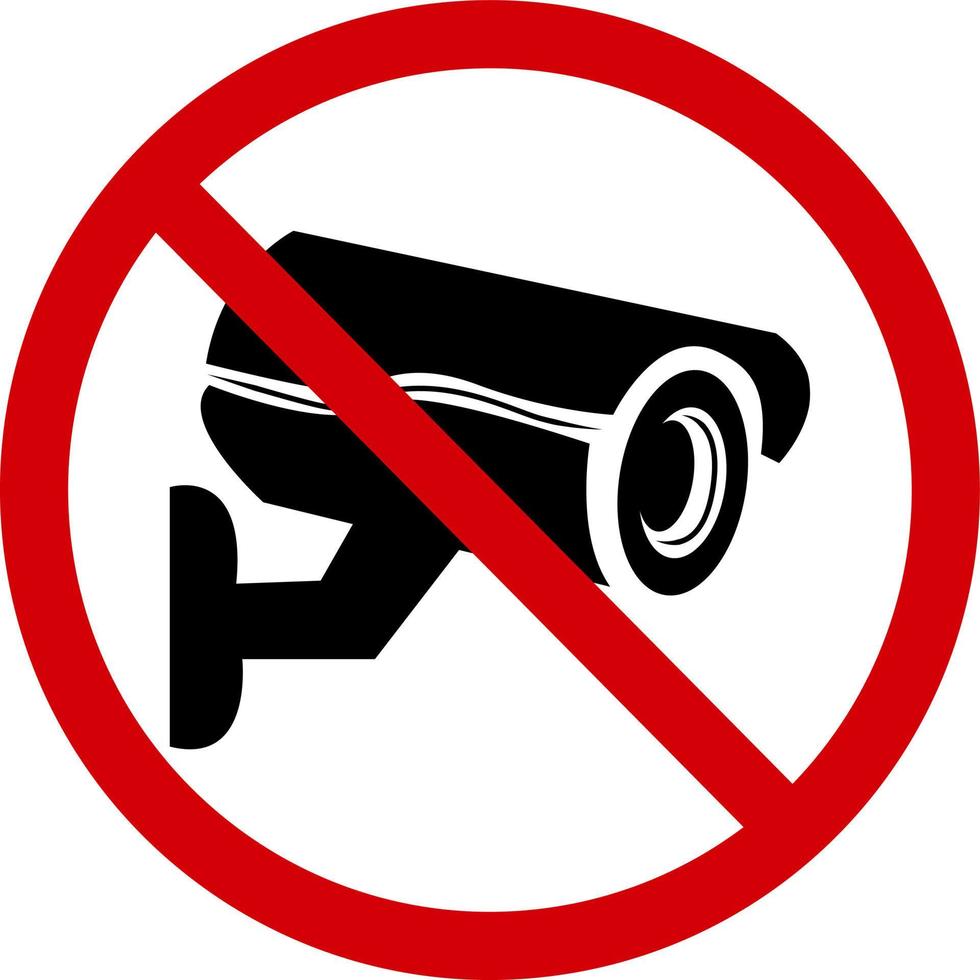

As long as they didn’t bring any whistles with them they’ll be fine!


As long as they didn’t bring any whistles with them they’ll be fine!
Yes, this picture is of Rick Moranis playing Seymour Krelborn in Little Shop of Horrors while holding Audrey II.


I saw they were also used by companies like DoorDash, Uber, and UpWork to verify remote contractors.
There are more upvotes on this post than subscribers to the new community. I think we’ll need to see some posts first!


I look forward to the lawsuits that will ultimately cost this man his job.


Your Little Caesars restaurants have tables?!
I still have my original Game Boy that was a gift from my aunt and uncle. Still works but I rarely play it; need to find some of my other games for it.


~15-20% is nothing to sneeze at, but hardly dominance


Chevy Bolt EV/EUV


The ad doesn’t actually deliver the malware, just directs people to a malicious download that mimics the Arc Browser. Users then have to follow onscreen instructions to install the malicious application in a non-standard way that allows it to bypass built-in protections in macOS to make it harder to install unsigned apps.
I’m curious how successful this campaign would be. It requires a lot of bad behavior by the victim to succeed. First, they’d have to decide to download a new web browser just from one banner ad, without doing any research on the browser; just click the link in the ad to go directly to the malicious download and install it directly from there. Second, they’d have to convince the user to right-click and select “Open” instead of simply double-clicking the installer or dragging it to the Applications folder like every other Mac application; otherwise the OS blocks it. I’m sure there are users dumb enough to do either step, but the subset of users dumb enough to do both steps and be on macOS and see this ad, I’m thinking they might only nab a few hundred victims tops, if that. I suspect this might be a proof of concept more than anything; probably most of the downloads were security researchers or potential customers testing it out. It sounds like the security researchers were following the malware seller, then found the ad, not the other way around. And of course, the ad has been taken down by Google now.
Like most other large advertising networks, Google Ads regularly serves malicious content that isn’t taken down until third parties have notified the company. Google Ads takes no responsibility for any damage that may result from these oversights. The company said in an email it removes malicious ads once it learns of them and suspends the advertiser and has done so in this case.
Earlier in the article they said Google had “vetted” the company that bought the ad. It seems their process sucks and this policy is a cop-out, and all of that just to net Google, what, a couple bucks on this short-lived fraudulent campaign?


I’ve worked for companies that used at least some Macs since 2013. Those Macs have always had antivirus software on them in addition to the base protection from the OS. I think the days of “Macs don’t get viruses” are long gone for anyone who pays attention, and was really probably never true.
This isn’t my first time seeing this, but your comment resulted in my first time noticing that the plate holder is empty.
It’s hard to get there on the phone now, though, if you don’t already have a name and phone number. You can probably get a name off LinkedIn, but a main phone number for a company probably won’t get you anywhere now since a lot of companies don’t have receptionists anymore. You’re lucky if the phone tree has a dial by name option. I’m glad I’m not in that kind of business anymore.
Do people find changing the roll that much of a hassle?


If it’s on physical disc in one region but not where you live, it might be possible to purchase that disc and ship it to your home. While it might be region-blocked on the disc, there are ways to bypass that with certain disc players or converting them on your computer. The legality of bypassing region-blocking may vary depending on your jurisdiction, but from a technical standpoint it’s certainly possible. It’s probably less legal liability than going straight to piracy (especially compared to the liability from torrenting where they try to claim someone’s engaged in illegal distribution).


(This is more for OP and other readers than the author of the comment I’m replying to)
A classic example being WKRP in Cincinnati which was a relatively low budget sitcom when it was produced. It was shot on videotape instead of film and took advantage of a special licensing rate for music when added to videotaped programs, which let them include a lot more contemporary rock music that would’ve aired on a rock station in the late ’70s. However, the licenses had a limited time allowance so while the show was originally in syndication with that music, by the ’90s it was replaced with similar sounding stock music. Early releases of the show for home media also didn’t have the original songs. Shout Factory put together a box set of the show and went back to the music owners to try to form new licensing deals, but even they couldn’t clear every song.
Music isn’t the only factor; similar issues pop up with all sorts of rights issues and royalties. When shows were made in the ’50s no one really had the idea of reruns and syndication. Before the ’80s there was no real idea of home viewing, and even then in the days of VHS tapes the idea of putting an entire show on tape for home use was pretty out there. Only fitting 1-4 episodes on a tape meant a season alone might take up a whole bookshelf, never mind a full series. It really wasn’t until the 2000s that there was a normal expectation that a show for broadcast would also go into syndication and be sold/rented to home viewers. So a lot of contracts with actors, writers, directors, etc. didn’t cover how royalties would be paid on these newer releases. Sometimes those rights have been sold in the interim as well, so it requires a legal team researching what rights need to be secured and who currently owns them to make sure all the payments are planned. Get it wrong and a rights-holder can sue and might end up taking away all your profit, even making the venture lose money. If you’re going to release an old show, you need to be confident that there’s enough of an audience willing to pay that you can cover all those costs and still make a profit, not to mention the costs of preparing the program to a format suitable for sale/streaming.
Of course, once those copyrights expire, some of those cost concerns go away. We’re only just starting to reach that point with films (anybody want to watch Steamboat Willie?), so in another 30 years or so we’ll probably start seeing more old TV shows. If they’ve survived, of course.


It was so similar I always assumed they still had to pay for rights to the original song
And now they’re bankrupt!